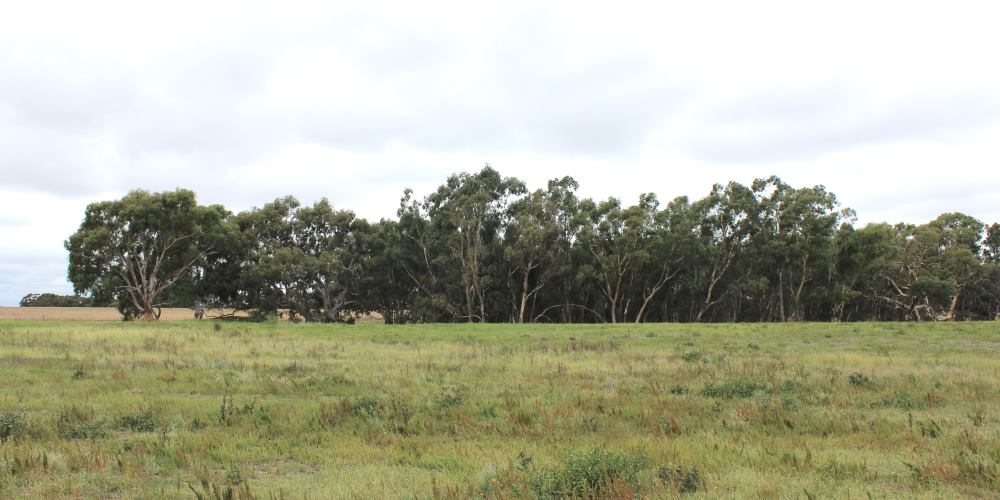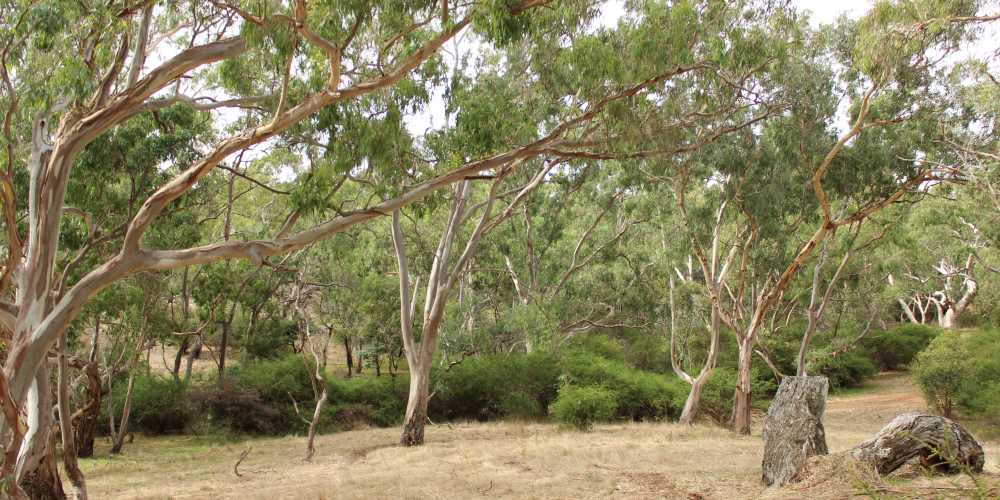Overview:
“At Inverleigh, a small population of wild koalas are just hanging on. Many years ago all the woodland around them was cut down, isolating these koalas. Now modern farmers are keen to revegetate the streams, but they need our expert help. This project will restore and endangered ecosystem in a region that has lost 87% of its natural forest. This planting will effectively double the habitat for these koalas, giving them a lifeline.“
Janine Duffy, President Koala Clancy Foundation
Status: This planting began in 2022, and continued with another 10,663 koala trees in 2023. 5469 koala trees were successfully planted in 2022.
Total project cost: In 2023: $100,000 for revegetation.
Over 3 year life of the project: total $373,000 over 3 years. $323,000 will be for the revegetation, $50,000 for monitoring.
Seeking funding for:
This project was completed, thanks to our donors:
Warranbrooke AUSTRALIA https://www.warranbrooke.com.au/
Bupa Foundation AUSTRALIA https://www.bupa.com.au/about-us/bupa-foundation
Down Under Endeavours, Chicago, USA. https://www.downunderendeavours.com/
St George Workers Club, Geelong AUSTRALIA https://www.stgeorgeworkersclub.com.au/
Fifteen Trees, AUSTRALIA https://15trees.com.au/
Lord Mayor’s Charitable Foundation Zdraveski Charitable Fund https://www.lmcf.org.au/
Number of trees/shrubs: 16,132 in total over 2 years. 10,663 planted in 2023. 5469 trees planted in 2022.
Size of planting site: 40.9 hectares in total.
Contact: president@koalaclancyfoundation.org.au
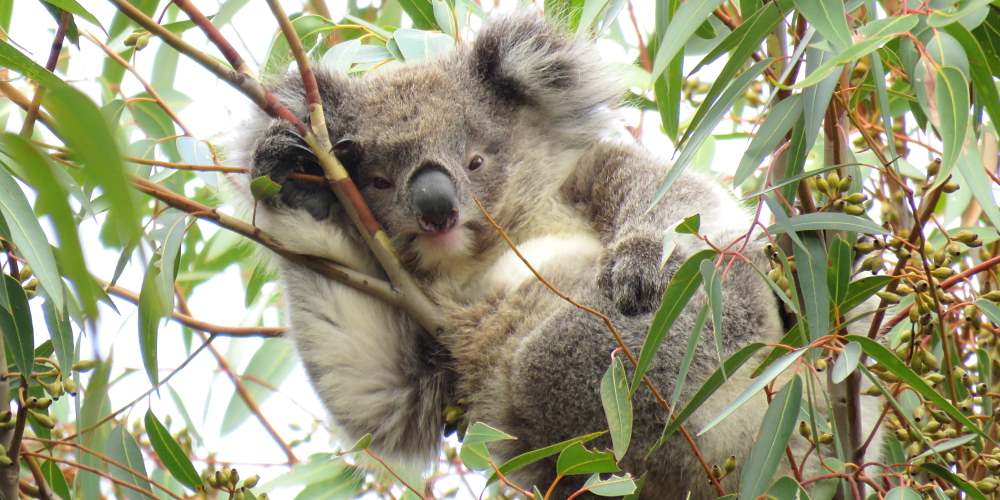
Vision:
This project will effectively double the land reserved for nature, in a region that has lost 87% of its natural forest. We will restore this endangered ecosystem, on fertile land under sensitive long-term management, and test and establish monitoring methods suitable to this forest type, both for vegetation and fauna.
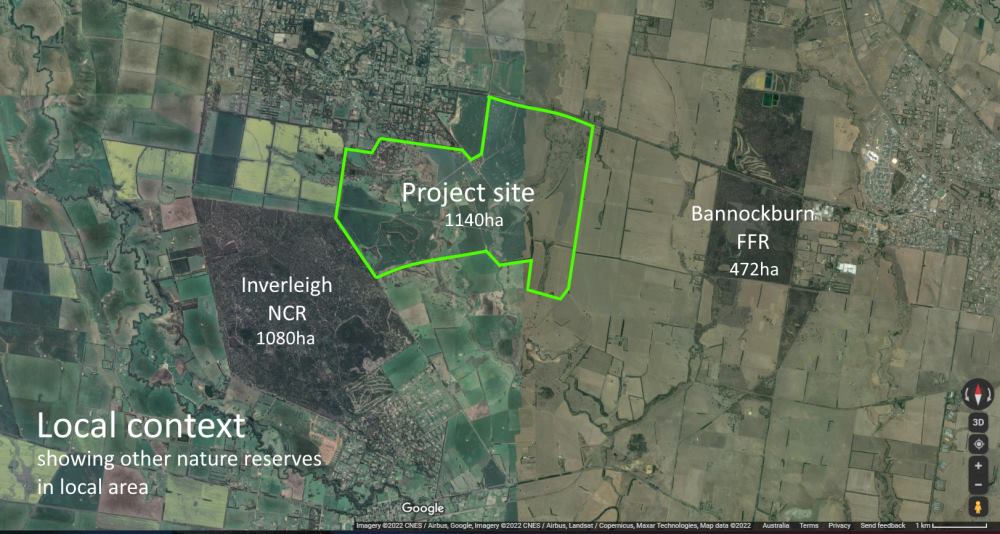
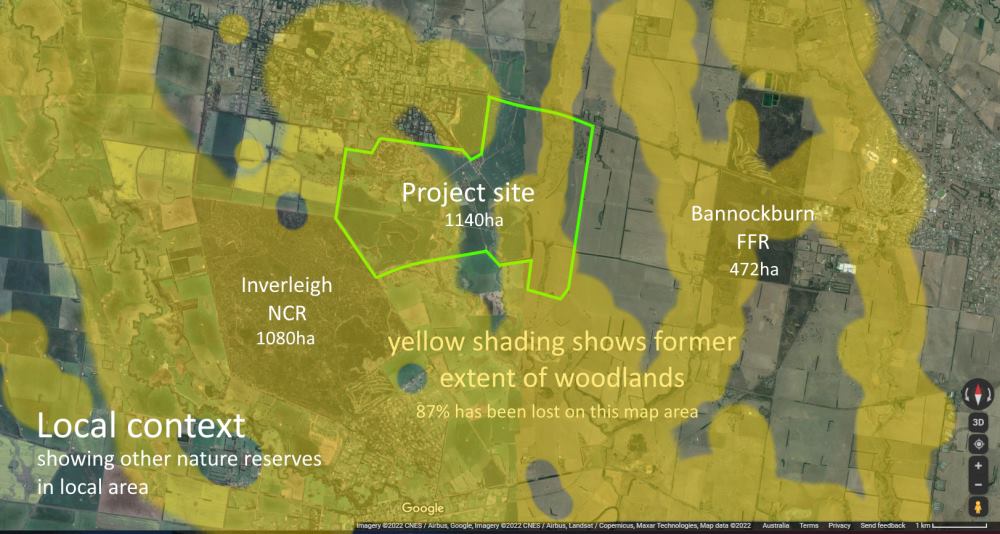
About the monitoring:
Effective monitoring techniques for assessing tree survival, and canopy growth are not established, either globally or in Australia. We will be working with a large international partner to trial monitoring techniques that may include drone footage, ground level plot photography, and tree height and diameter measurements.
Monitoring for fauna is better established, and will include eBird, Birdata and iNaturalist Australia platforms, using a tri-annual bioblitz approach.
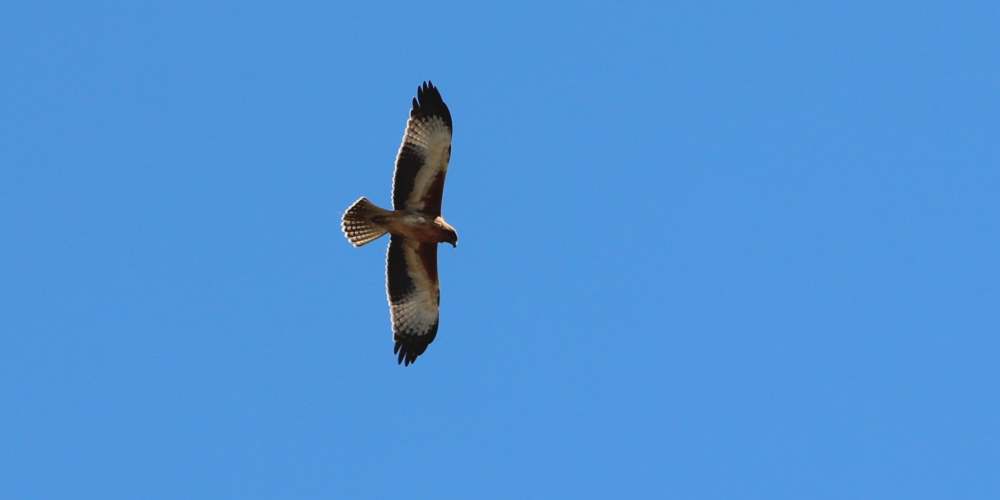
7 Monitoring sites have been chosen, and include one agricultural are control, one existing old remnant woodland control, 5 spots within the planting. 2 of the planting spots will be monitored for 2 years (6 surveys) before planting.
We plan to monitor this project site for at least 10 years.
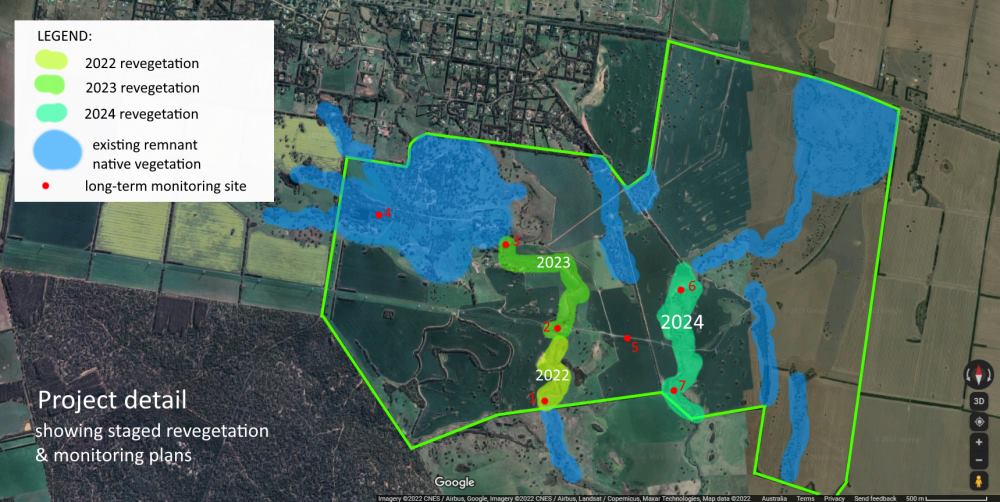
PAST PLANTINGS ON THIS SITE:
2022 Planting
Number of trees/shrubs: 5469 trees, shrubs & wildflowers were planted over 6 days in August 2022. 134 volunteers contributed 536 hours to the planting. 7.11 hectares were planted, and 1.22 km of waterway was restored with native vegetation.
Size of planting site: 7.11 hectares
Total project cost 2022: $54,690
Thankyou to our most significant project donors:
Oxford PharmaGenesis Pty Ltd. https://www.pharmagenesis.com/
Gerling Travel & Wallace Pierson Travel https://www.virtuoso.com/member/gerlingtravel/travel
Progress report: TBA.
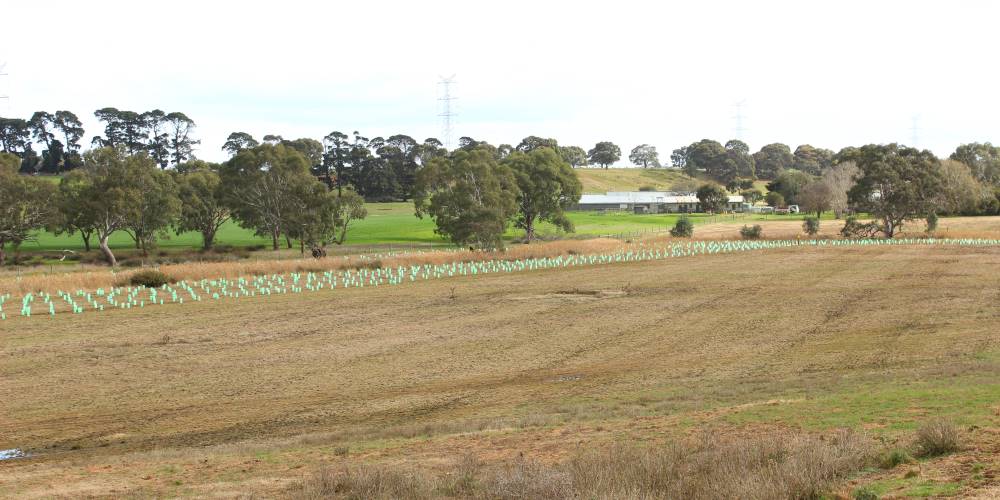
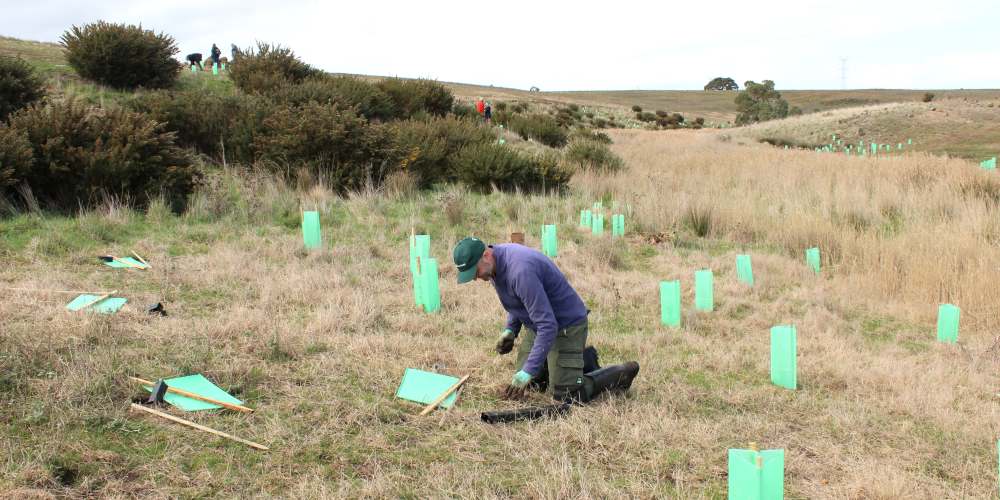
What species will we plant:
Note: species shown in bold are the dominant plants that we will plant in high proportion. The sites are riparian.
TREES:
Silver Wattle Acacia dealbata
Late Black Wattle Acacia mearnsii
Blackwood Acacia melanoxylon
White Cypress-pine Callitris glaucophylla
River Red Gum Eucalyptus camaldulensis
Yellow Gum E. leucoxylon ssp connata
Swamp Gum E. ovata
Manna Gum E. viminalis
SMALL TREES/LARGE SHRUBS
Lightwood Acacia implexa
Black Sheoak Allocasuarina littoralis
Drooping Sheoak Allocasuarina verticillata
Silver Banksia Banksia marginata
Sweet Bursaria Bursaria spinosa
River Bottlebrush Callistemon sieberi
Giant Hop Bush Dodonea viscosa
Prickly Tea-tree Leptospermum continentale
Tree Violet Melicytus dentatus
SMALL SHRUBS
Gold-dust Wattle Acacia acinacea
Berry Saltbush Atriplex semibaccata
Golden Daisy Brachyscome dentata
Cut-leaf Daisy Brachyscome multifida
Lemon Beauty-heads Calocephalus citreus
Milky Beauty Heads Calocephalus lacteus
Common Everlasting Chrysocephalum apiculatum
Clustered Everlasting Chrysocephalum semipapposum
Small-leaf Clematis Clematis microphylla
Ruby Saltbush Enchylaena tomentosa
Spreading Eutaxia Eutaxia microphylla var diffusa
Hop Goodenia Goodenia ovata
Scaly Buttons Leptorhynchos squamatus
Wiry Buttons Leptorhynchos tenuifolius
Twiggy Daisy-bush Olearia ramulosa
Tree Everlasting Ozothamnus ferrugineus
Woolly New Holland Daisy Vittadinia gracilis
Spiny-head mat-rush Lomandra longifolia
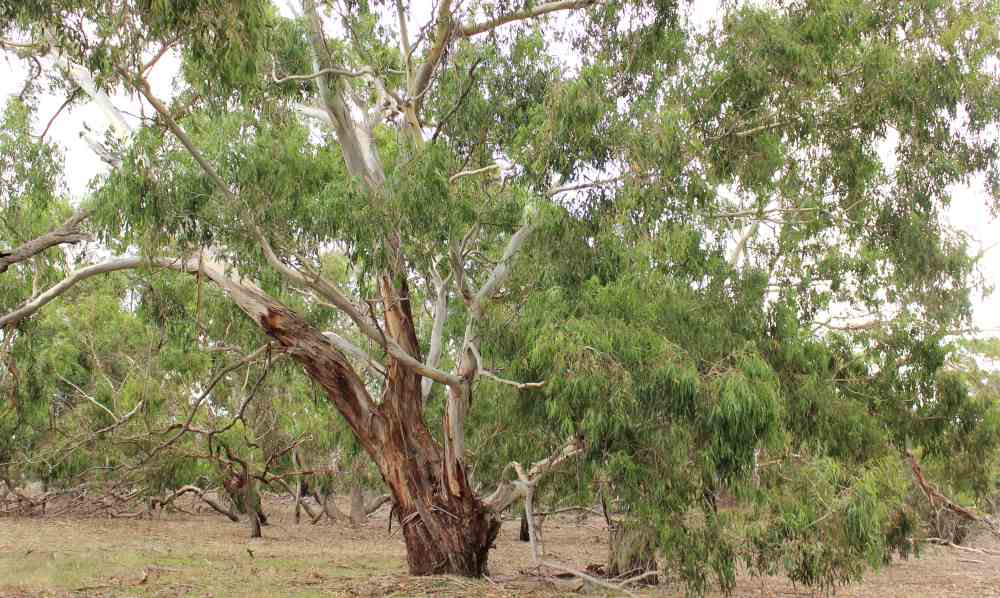
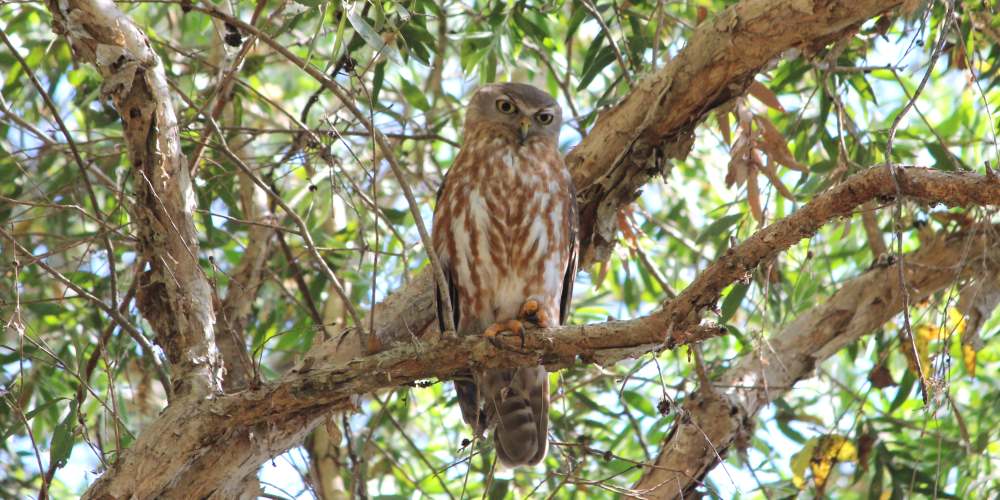
What & who will benefit?
The plants chosen will specifically target the needs of 16 threatened species. These include birds, mammals, reptiles and insects that are…
Critically Endangered: Barking Owl, Black Falcon, Swift Parrot
Endangered: Speckled Warbler, Tussock Skink, Glossy Grass Skink, Fiery Jewel Butterfly & Large Ant-blue butterfly.
Vulnerable: Koala*, Brush-tailed Phascogale, Grey-headed Flying-fox, Diamond Firetail, Brown Treecreeper, Little Eagle, Jacky Winter and Powerful Owl.
*note: Koala is listed as endangered in NSW, the ACT & Queensland, but not listed as threatened in Victoria. We believe this is incorrect and that when scientific population research is done they will be quickly listed as Vulnerable throughout most of Victoria. The Victorian government has not funded any scientific research on inland koala populations for decades, and is basing its assessment on modelling alone.
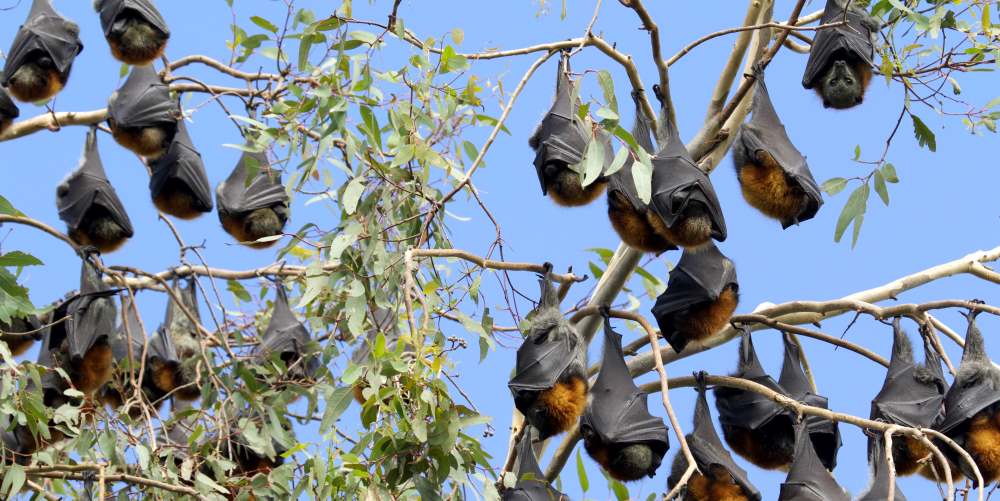
We plant a wide diversity of species, genera and families of native trees, shrubs and wildflowers, to create a flourishing ecosystem. We don’t plant only quick-growing trees for carbon capture – as these are rarely useful to koalas in the long term, and we don’t plant masses of overused, widespread species, like Kangaroo Thorn/Hedge Wattle Acacia paradoxa as these can become dominant, and are known to be harmful to Diamond Firetails. Our plantings typically include 30 to 40 species, carefully chosen to suit the site.
This site is home to some old, rare White Cypress-pines Callitris glaucophylla. This beautiful tree has been almost wiped out of the area, in part due to its valuable, termite-resistant timber. We will plant more of these on the site. We also plant an endangered tree species: Melbourne Yellow Gum Eucalyptus leucoxylon connata. We plant many of these, and are very careful to only plant this subspecies from local provenance seed in the area it naturally occurs.
Already, on some of our earlier plantings, landowners have been approached by government authorities about releasing koalas onto the sites. This project would be very suitable for this in 3-5 years.
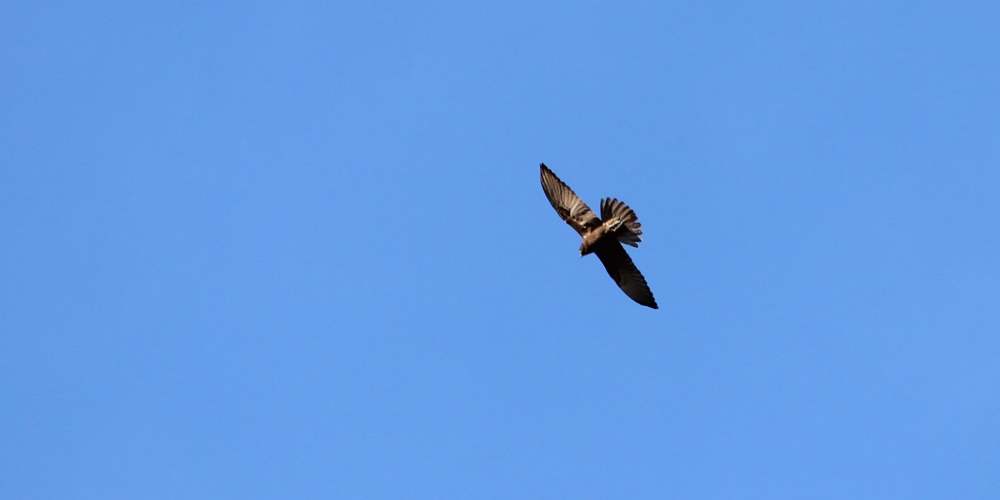
What’s exciting about this:
In Australia most nature reserves are set aside to preserve biodiversity, but are situated on infertile land that was considered too poor for farming. Yet much of Australia’s wildlife, including koalas, live on private farmland. If we could modify well-managed private farmland, with revegetation in the right places, we could dramatically increase land suitable for threatened wildlife.
One of the best places to revegetate is along waterways. Riparian (river) zones are very important for wildlife, especially with global heating drying out environments, and increasing the frequency of days of extreme heat. They also provide connectivity between environments, and native plantings improve water quality. Most waterways are not farmed or cropped, so the landowner is more inclined to protect and encourage revegetation.
Restoring the two primary waterways on the property will return them to pre-colonisation condition. Importantly this will help protect the existing, endangered remnant vegetation on the site.
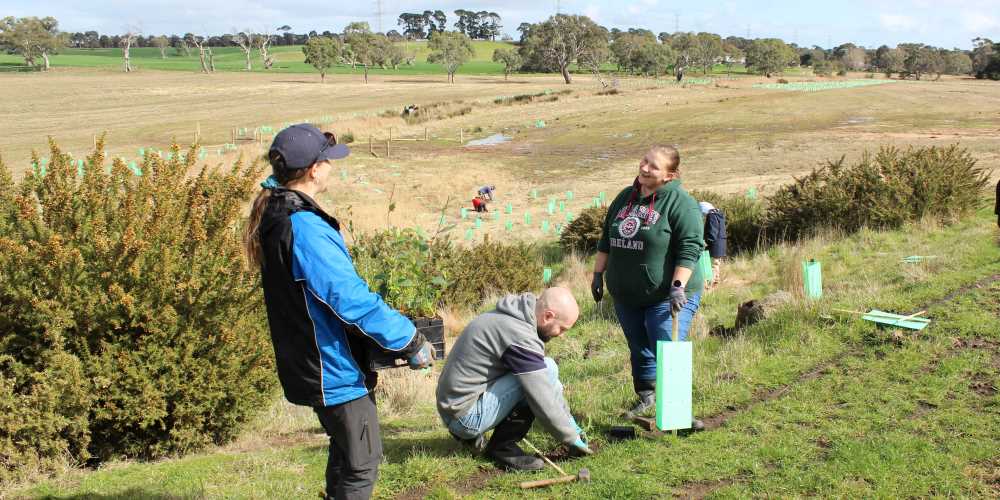
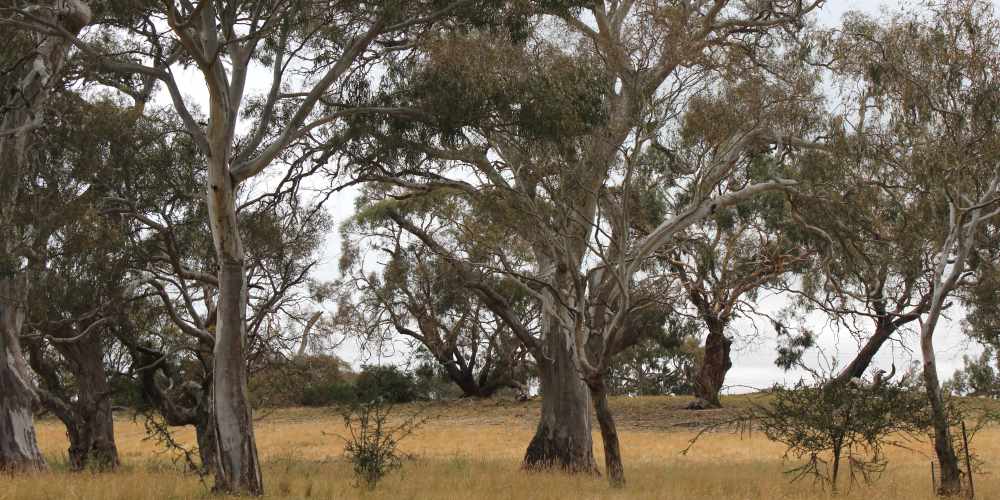
..
Opportunities are available to become involved with this project as a funding partner or volunteer. Contact president@koalaclancyfoundation.org.au
See and track this project, calculate the carbon storage potential, see changes in tree cover and other environmental data on the global environmental restoration platform Restor.
Thanks to the following organisations who have donated generously to make this project happen:
Warranbrooke AUSTRALIA https://www.warranbrooke.com.au/
Bupa Foundation AUSTRALIA https://www.bupa.com.au/about-us/bupa-foundation
Down Under Endeavours, Chicago, USA. https://www.downunderendeavours.com/
St George Workers Club, Geelong AUSTRALIA https://www.stgeorgeworkersclub.com.au/
Fifteen Trees, AUSTRALIA https://15trees.com.au/
Lord Mayor’s Charitable Foundation Zdraveski Charitable Fund https://www.lmcf.org.au/
Jannette & Peter Manins, AUSTRALIA.
Gerling Travel & Wallace Pierson Travel https://www.virtuoso.com/member/gerlingtravel/travel
Oxford PharmaGenesis Pty Ltd. https://www.pharmagenesis.com/
